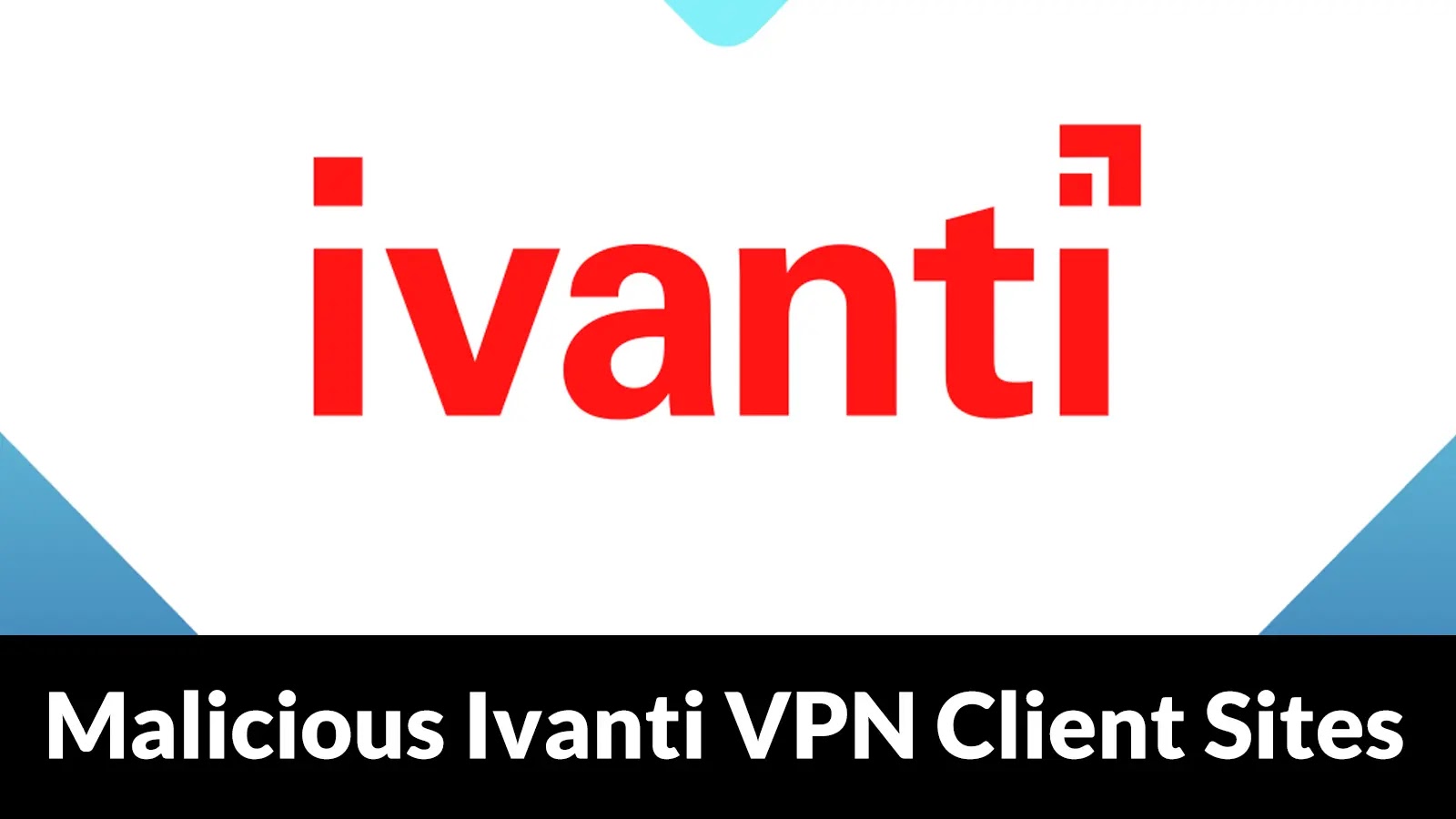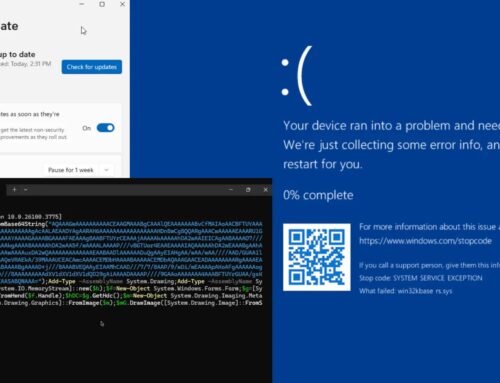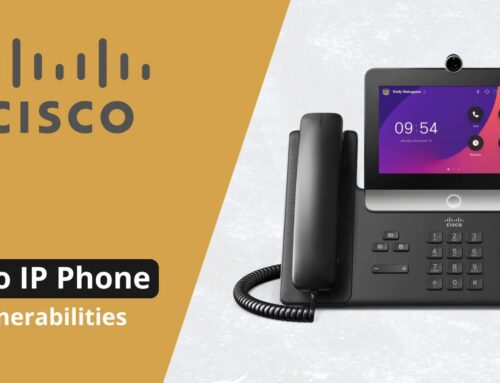
Beware of Malicious Ivanti VPN Client Sites in Google Search That Delivers Malware
A sophisticated threat has emerged, targeting users actively seeking the Ivanti Pulse Secure VPN client. Cybercriminals are leveraging an aggressive SEO poisoning campaign, meticulously crafting lookalike domains to distribute malicious software. This tactic underscores a critical vulnerability in trust, as even top search results can now lead unwary users to compromised installers. Understanding this evolving threat is paramount for IT professionals and security analysts responsible for safeguarding organizational networks.
The Devious Campaign: SEO Poisoning and Lookalike Domains
Beginning in early October 2025, an alarming trend of malicious Ivanti VPN client sites has taken root through a technique known as SEO poisoning. Attackers are manipulating search engine rankings to promote fake websites that mimic legitimate Ivanti resources. These fraudulent sites, often occupying prominent positions in Google’s search results, are designed to deceive users searching for the official Ivanti Pulse Secure VPN client.
The core of this operation involves registering highly convincing domain names such as ivanti-pulsesecure.com and ivanti-secure-access.org. These domains are meticulously crafted to appear official, hosting what seem to be genuine Ivanti VPN client installers. However, these installers are trojanized, meaning they contain hidden malware designed to compromise the victim’s system upon execution. Unsuspecting individuals, clicking on what they believe are legitimate links, are redirected to these malicious platforms, inadvertently downloading and installing harmful software.
The Mechanics of Compromise: Trojanized Installers
The primary vector for malware delivery in this campaign is the trojanized installer. Once a user downloads and executes this seemingly legitimate Ivanti VPN client, the embedded malware springs into action. While the exact payload can vary, common objectives include:
- Credential Harvesting: Stealing login credentials for VPN access, corporate networks, and other sensitive services.
- Remote Access Trojan (RAT) Installation: Granting attackers persistent remote control over the compromised system.
- Information Theft: Exfiltrating sensitive data, intellectual property, or personal identifiable information (PII).
- Backdoor Creation: Establishing covert channels for future access and further exploitation.
- Ransomware Deployment: Encrypting files and demanding a ransom for their release.
The danger is amplified by the trust users place in search engine results. When a search query for “Ivanti Pulse Secure VPN download” yields a top-ranking fraudulent site, the likelihood of a successful compromise increases significantly.
Remediation Actions: Fortifying Your Defenses
Addressing this threat requires a multi-layered approach, combining user education with robust technical controls. Here are critical remediation actions:
- Verify Download Sources: Always download software directly from the official vendor’s website. For Ivanti products, this means starting at www.ivanti.com and navigating to the appropriate download section. Never rely solely on search engine results for critical software downloads.
- Educate Users: Implement ongoing security awareness training that highlights the dangers of SEO poisoning, lookalike domains, and the importance of verifying URLs. Emphasize scrutinizing domain names for subtle misspellings or unusual extensions.
- Implement URL Filtering and Web Security Gateways: Deploy and configure web filtering solutions to block access to known malicious domains and categorize suspicious websites.
- Utilize Endpoint Detection and Response (EDR): EDR solutions can detect and respond to suspicious activity on endpoints, such as the execution of trojanized installers or unusual process behavior.
- Maintain Up-to-Date Antivirus/Anti-Malware Software: Ensure all endpoints have reputable and up-to-date antivirus software with real-time protection enabled.
- Regularly Patch Systems: Keep operating systems, applications, and all security software patched to protect against known vulnerabilities. While this threat isn’t tied to a specific CVE in Ivanti’s products, general patching best practices are crucial for overall system security.
- Leverage DNS Security: Implement DNS security solutions that can identify and block requests to malicious or newly registered domains often associated with phishing and malware distribution campaigns.
Detection and Mitigation Tools
A proactive security posture relies heavily on the right tools. Here’s a table of essential tools for detecting and mitigating threats like the one discussed:
| Tool Name | Purpose | Link |
|---|---|---|
| Brand Protection Services | Detect and monitor lookalike domains impersonating legitimate brands. | (Consult specific vendor websites) |
| Endpoint Detection and Response (EDR) | Real-time monitoring, detection, and response to malicious activity on endpoints. | (Consult specific vendor websites like CrowdStrike, SentinelOne, Microsoft Defender for Endpoint) |
| Web Application Firewall (WAF) / Web Security Gateway | Filter and monitor HTTP traffic between web applications and the internet, blocking malicious requests. | (Consult specific vendor websites like Cloudflare, F5, Palo Alto Networks) |
| Phishing Training Platforms | Educate users on identifying and reporting phishing attempts and malicious links. | (Consult specific vendor websites like KnowBe4, Proofpoint) |
| DNS Layer Security | Block access to known malicious domains at the DNS level. | (Consult specific vendor websites like Cisco Umbrella, Cloudflare for Teams) |
Key Takeaways
The emergence of aggressive SEO poisoning targeting Ivanti VPN client seekers is a stark reminder of the persistent and evolving nature of cyber threats. Attackers are increasingly sophisticated in their methods, meticulously crafting deceptive websites and trojanized installers to compromise unsuspecting users. Organizations must prioritize robust security awareness training, implement stringent web filtering, and deploy advanced endpoint security solutions. Always verify software download sources directly with the vendor and maintain an vigilant stance against lookalike domains and suspicious search results. Proactive security measures, coupled with informed vigilance, are the best defense against these insidious attacks.





